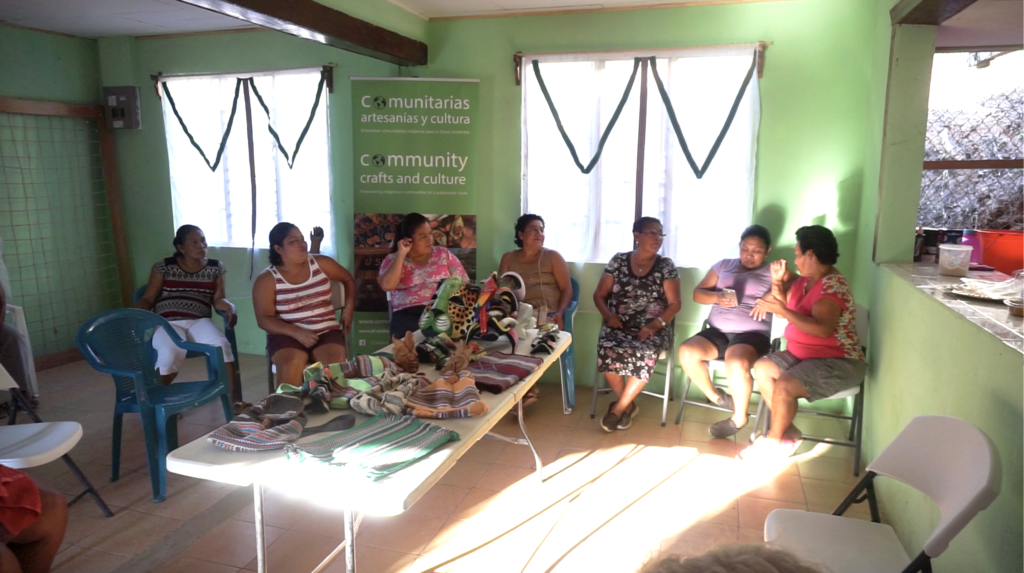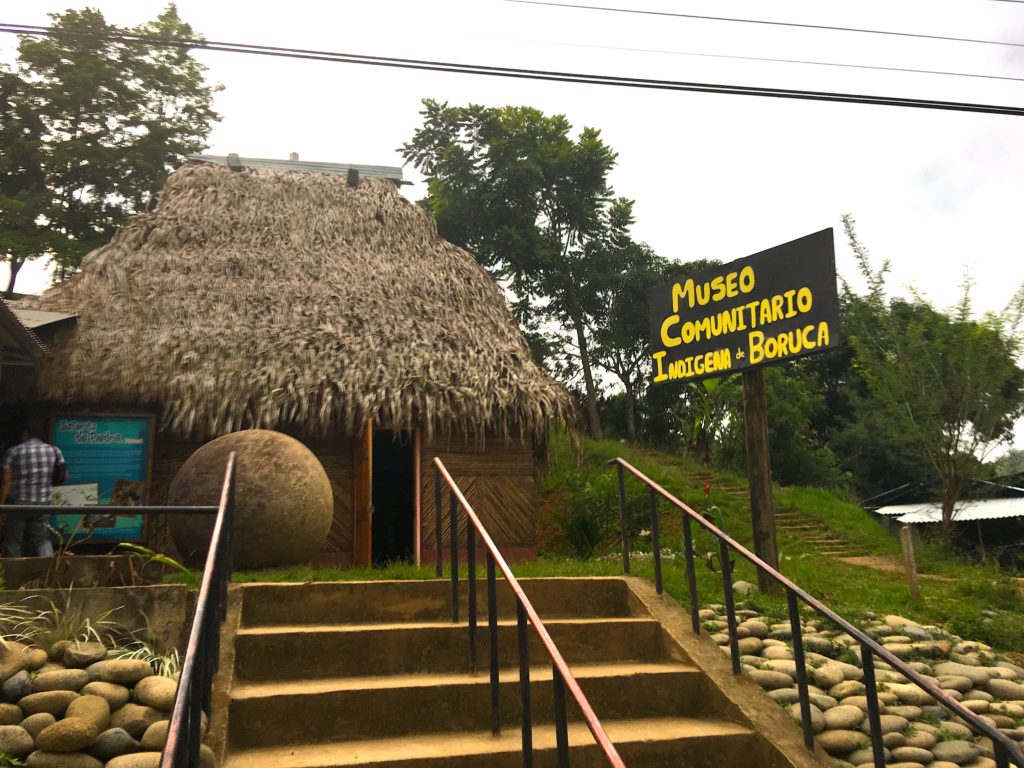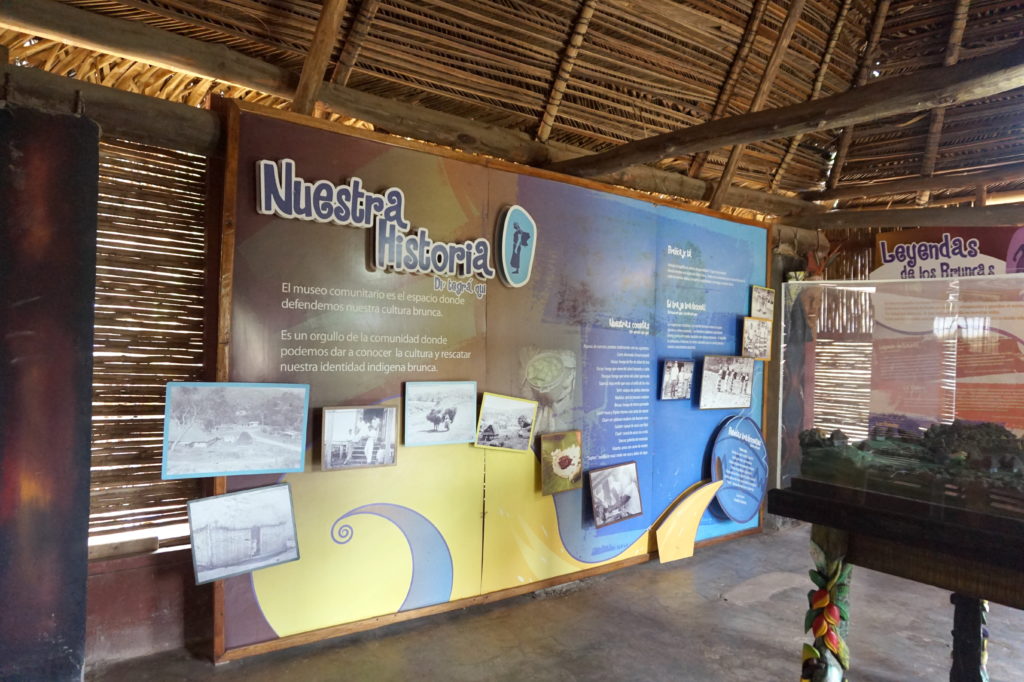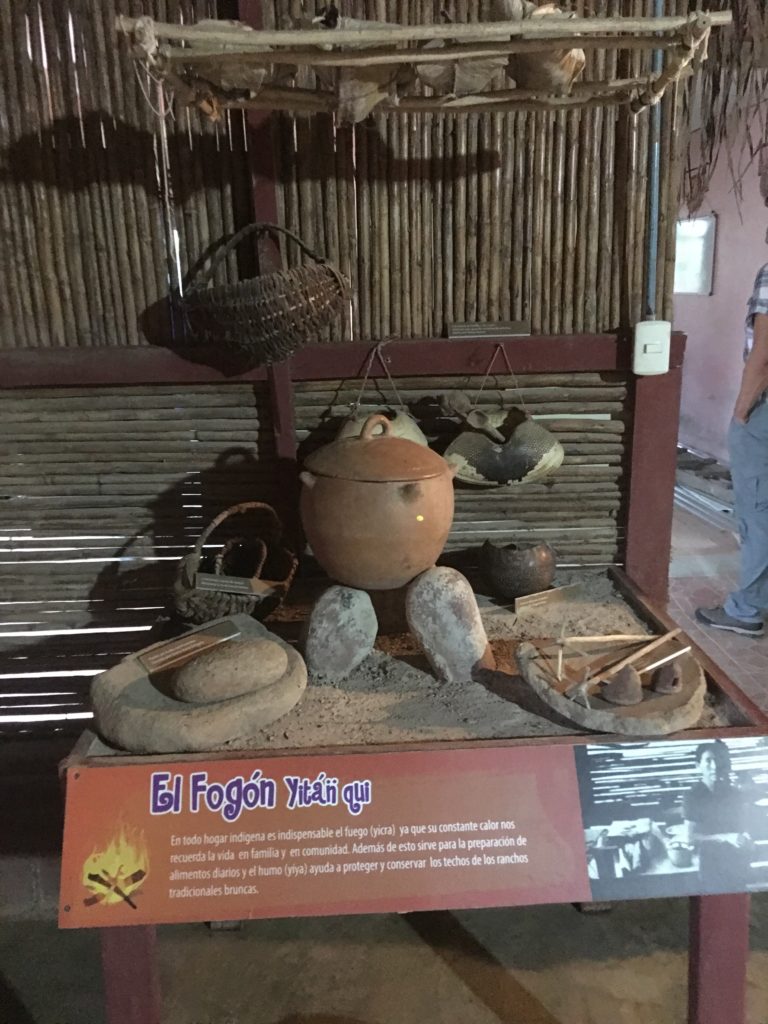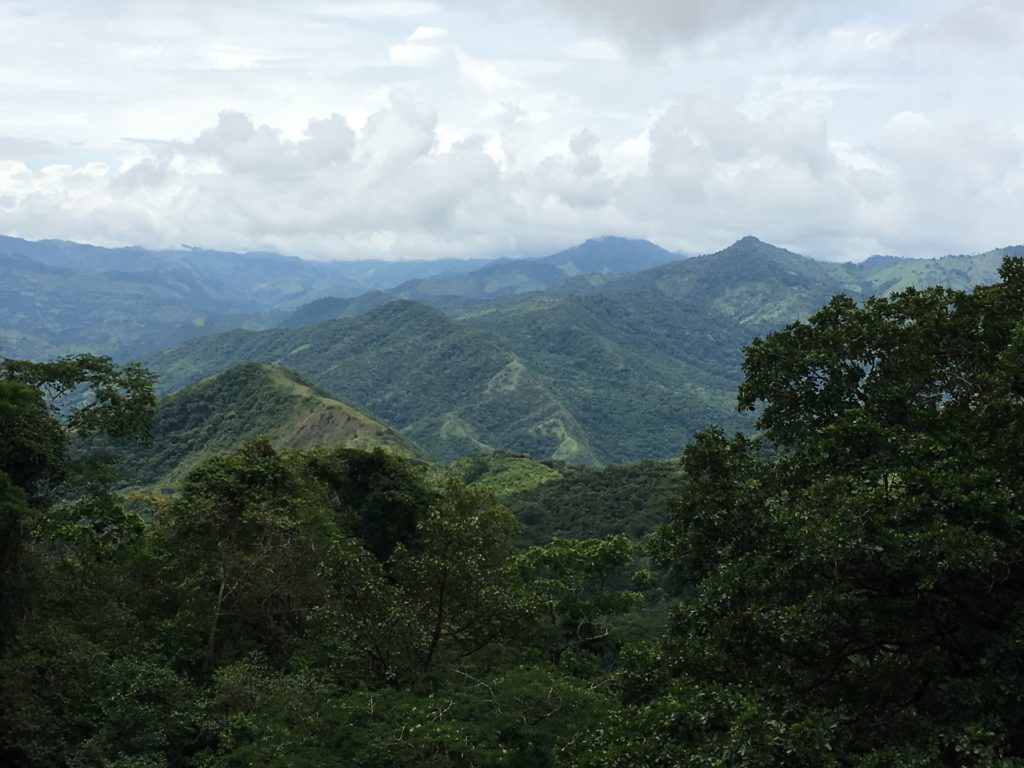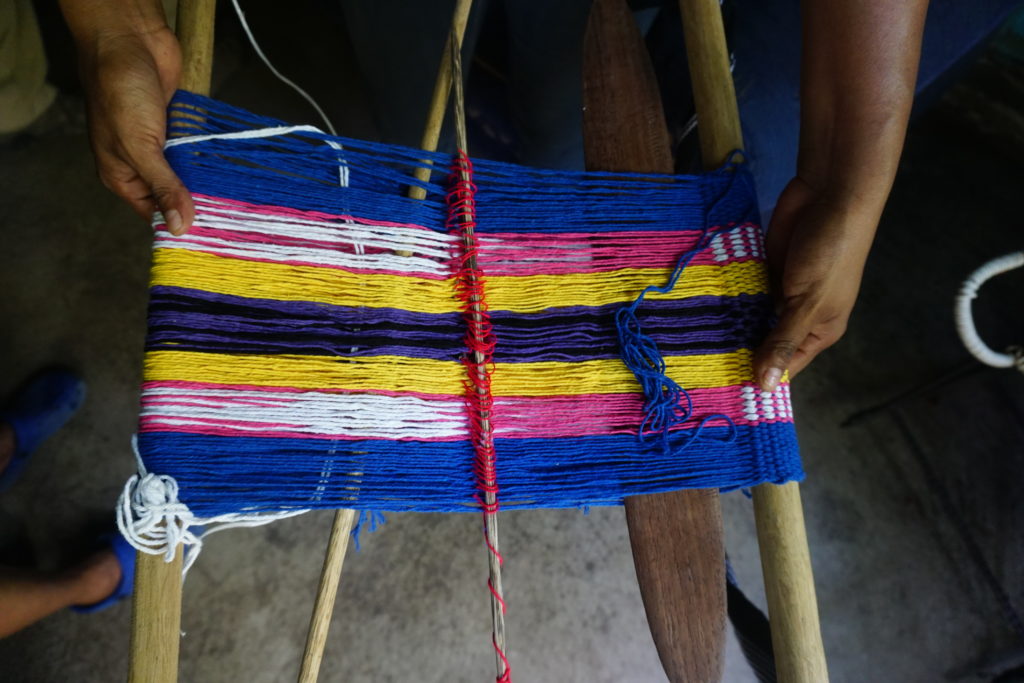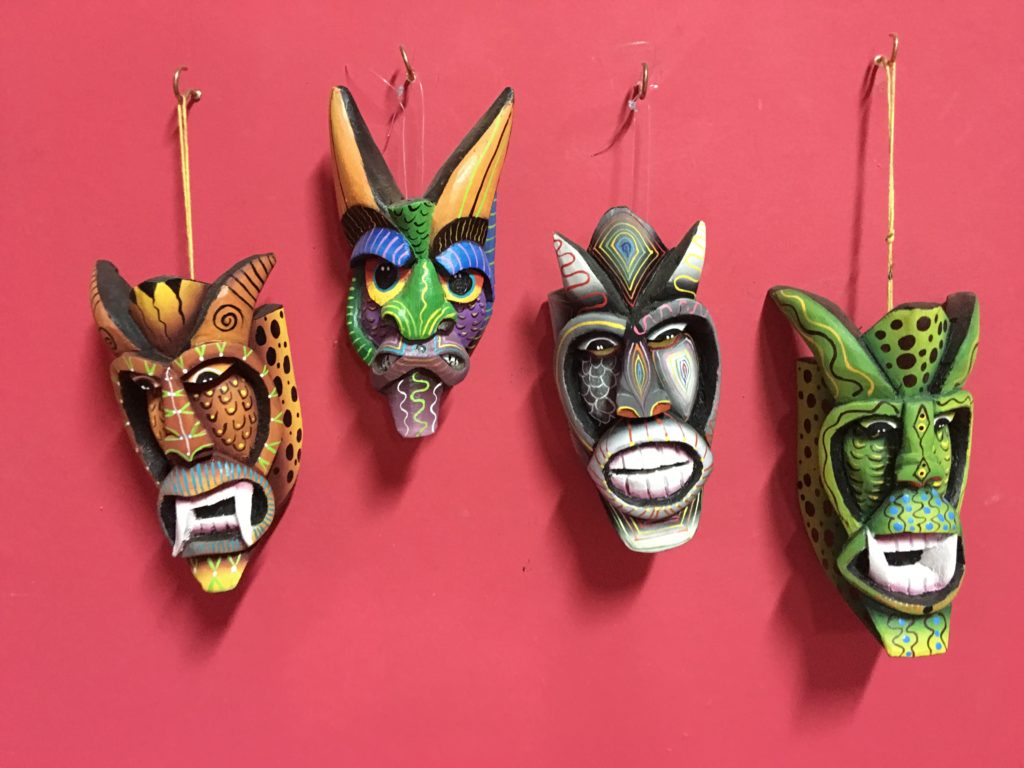Boruca

Boruca Gallery
Museo Comunitario de Boruca
This museum has a long history, it began in the 1970’s when eight Boruca women joined to form La Flor de Boruca, led by Margarita Morales Lázaro. They were united by the desire to reclaim and recover traditional crafting techniques and to generate income to improve educational conditions for their children. These efforts focused on ecotourism, enabling local people to make a sustainable living through traditional craft production.
The community museum project began in the mid 1980’s with the obtaining of land and the building of a traditional ranch style house, which opened on June 5th 1985, to demonstrate and commemorate ancestral architecture. This was a demonstration of triumph and credibility which was achieved with the collective hard work of the community. The Ranch roof was built of hay using traditional materials, which were difficult to find as resources had been taken over by third party companies. Nevertheless, Margarita Morales quotes:
“I always thought, if this is about rescuing culture, even if this is harder, we should build using hay, because that’s how our grandparents’ ranches were.”
The Museo Comunitarios de Boruca re-opened in 2005 after a renovation. It continues to be managed by La Flor de Boruca, whose current representative is Mileny González. The themes of the museum surround Boruca traditions of crafts and history, including beautifully vivid carved wooden masks and hand-woven textiles which are sold in the Boruca community museum and through third parties such as San José airport. 95% of the Boruca community make a living through these craft sales. The community museum has rescued over 90% of Borucan culture, including legends, medicinal plants and historical pieces like the three pre-Columbian stone spheres which were returned to the Brunca people in 2011 from the National Museum of Costa Rica. Today the museum is pursuing new projects to diversify the services they want to offer the surrounding rural community tourism: tasting of traditional foods, participation in artisan activities as well as tours of the community highlighting their history and culture.
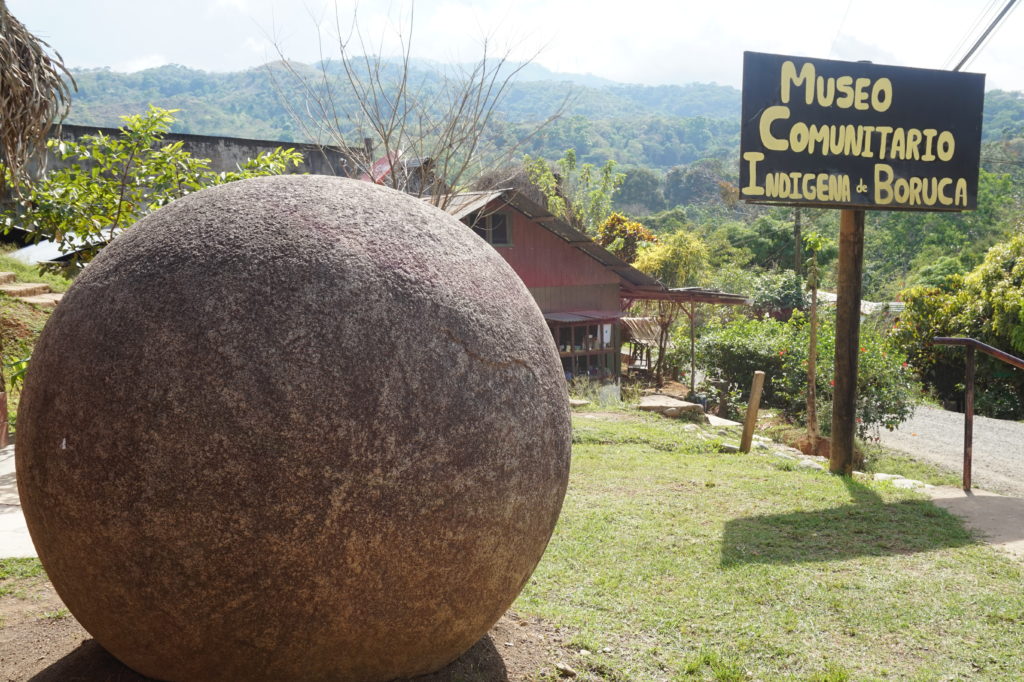
Funder Acknowledgement

This project is funded by the Scottish Funding Council’s Global Challenges Research Fund (GCRF).
Visits: 87
